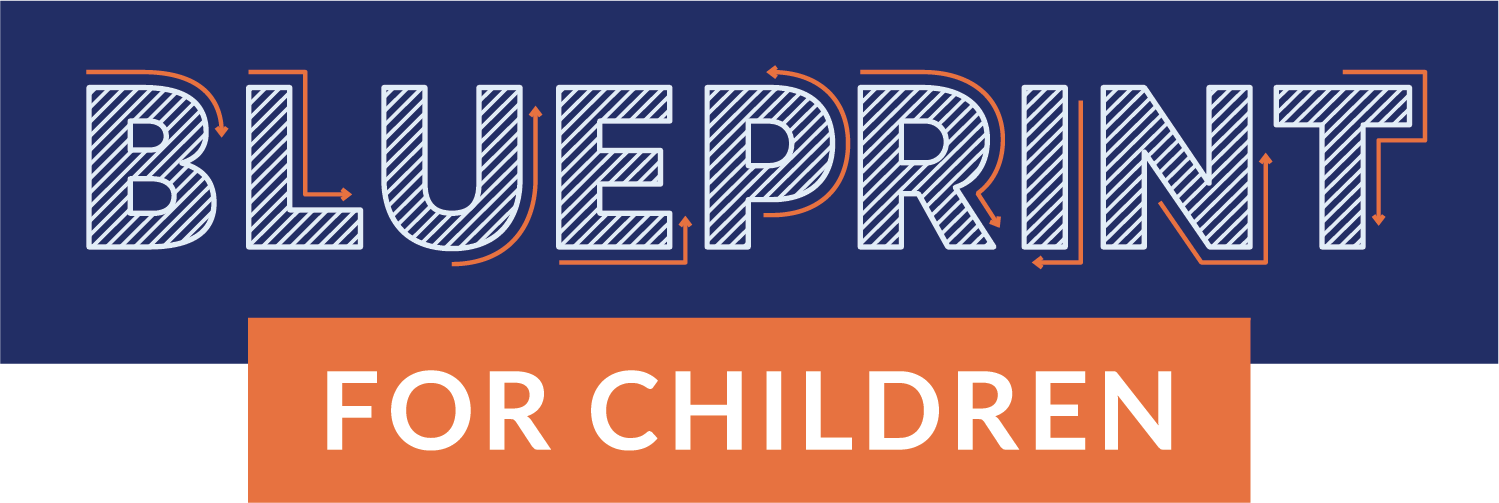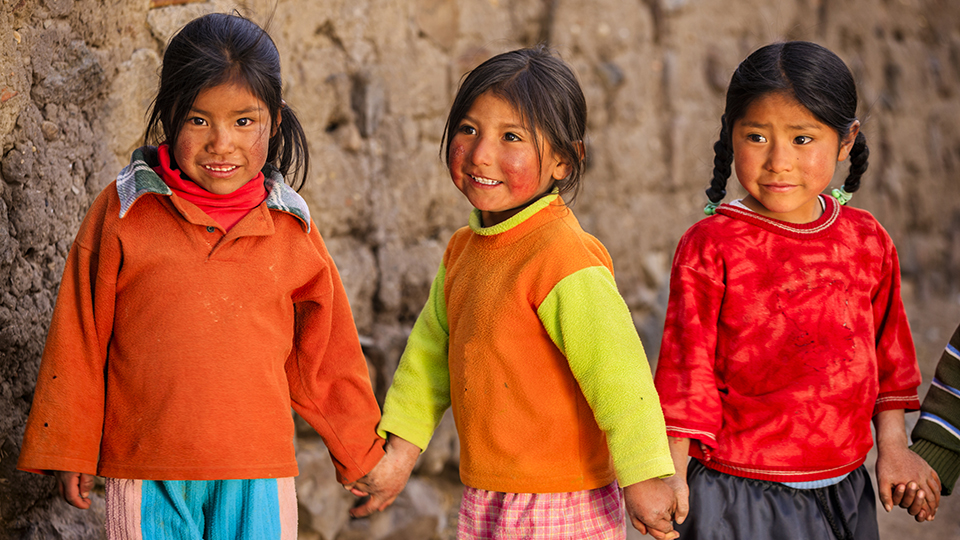
Healthy Children
Today, children and adolescents face intersecting crises.
Millions of Americans have contracted COVID-1931 — including almost 700,000 children.32 This pandemic’s consequences for youth far surpass those of the disease itself. Children have lost the institutions that provide structure to and support for their lives, with mental and physical health consequences that may take decades to unfurl.33 Children have also suffered the deaths of loved ones from COVID-19, and the loss of critical connections.
Meanwhile, racism persists as a public health crisis.34 Functioning as a social determinant of health, racism plagues children of color with birth disparities, chronic stress, and lifelong mental and physical health problems.35 Children of color now make up a majority of American youth — so their health and prosperity will determine our nation’s future.36
The persistent dangers of COVID-19 and racism have exacerbated — and complicated — existing health problems for youth. Studies show all social determinants of health – including housing, healthcare access, educational inequalities, income gaps, occupational hazards, and both unconscious biases and outright discrimination—are all stacked against children of color.
Almost 20 percent of children have special health care needs, such as disabilities and chronic illnesses.37 These children are more vulnerable to COVID-19 and now face more stringent restrictions on their social interactions.38 Even before the pandemic, too many lacked adequate support systems and care in their communities.39
At the same time, rates of mental illness for all youth have jumped over the past twenty years.40 Tragically, suicide has become the second-leading cause of death for youth between the ages of 10 and 34.41 LGBTQ youth have been particularly affected, facing higher rates of harassment, homelessness, and substance abuse, while transgender youth too often lack medical care to transition safely.42
These health crises pose a threat to every child and adolescent — and to every American, since the health of our society depends on the strength of our future workforce. As such, the federal government must use every tool at its disposal to defeat them.
Policies that Promote Healthy Children
- Protect and strengthen Medicaid, the Children’s Health Insurance Program (CHIP), the Affordable Care Act (ACA), and other health care programs so that all children, adolescents, and young adults from birth to the age of 26 years who reside within our borders, regardless of income, family composition, or immigration status, are covered by an affordable, quality health insurance plan that allows access to comprehensive essential care including mental health.
- Promote efforts to help pediatricians assist vaccine hesitant parents in decision-making—countering misinformation with facts about the vital role of vaccines and the number of lives saved by immunizations, sharing science-based vaccine resources, and personalizing evidence to parents based on cultural beliefs and vaccine concerns in a non-confrontational way.
- Include children and adolescents in COVID-19 vaccine trials as soon as appropriate, so that they can benefit from a safe and effective vaccine.
- Fund services for children most vulnerable to COVID-19, including youth of color, children with disabilities, justice-involved youth, those in the child welfare system, low-income youth, and children in immigrant families.43
- Ensure that our medical personnel, healthcare workers, first responders, and child welfare service providers have the tools, funding, flexibility, and personal protective equipment necessary to serve our most vulnerable children while ensuring child and caregiver well-being.
- Evaluate policies across the government through the lens of racial equity, with the goal of instituting universally just and equitable policies that can eliminate disparities, particularly in health care.44
- Ensure access to mental health screening, diagnostics, and a full array of evidence-based therapeutic services to address the mental and behavioral health needs of children, from infancy through adolescence.
- Honor U.S. treaty-based responsibilities and obligations to provide quality health care to the American Indian and Alaska Native (AI/AN) population by robustly funding and supporting the provision of health care services to AI/AN children and youth.
- Recognize that healthy children need a healthy pediatric delivery system that doesn’t simply rely on the goodwill and personal sacrifice of pediatricians: bring Medicaid payment rates, at a minimum, up to parity with Medicare, correct vaccine payment inadequacies, and extend COVID-19 fiscal relief to all pediatricians.
- Meet the growing needs of America’s children with special health care needs by ensuring it is financially viable for pediatricians to pursue subspecialty training.
- Protect civil rights protections in health care for all children to ensure that discrimination and personal beliefs do not hinder access to care or perpetuate health inequities.
- Foster lifelong sexual health and wellbeing by expanding comprehensive sexuality education and advocating for adolescent access to the full range of reproductive health services.
- Protect young people from tobacco products through appropriate product regulation that keeps child-friendly products off the market, effective laws that reduce youth access, and expanded provision of tobacco cessation services for adolescents who have initiated tobacco product use.
- Reduce adolescent substance use through expanding evidence-based screening, brief intervention, and substance use treatment services.
A Child Health Policy Agenda for 2020 and Beyond
Last Updated
10/15/2020
Source
American Academy of Pediatrics


